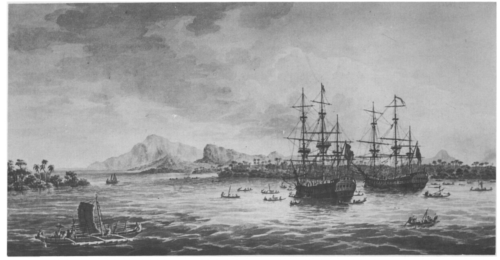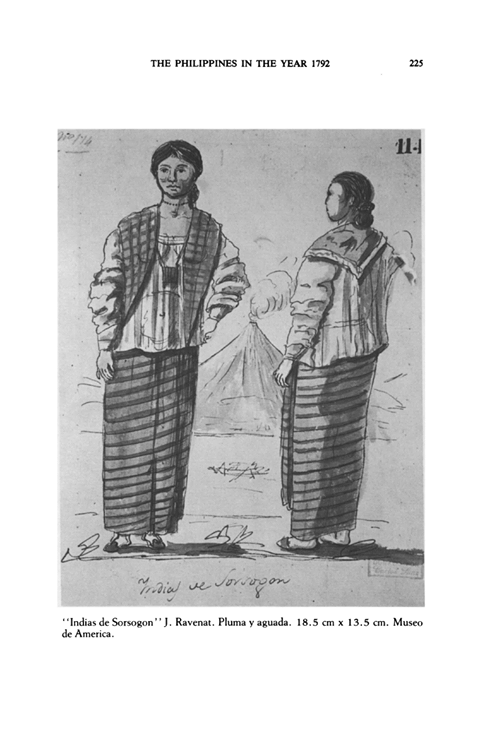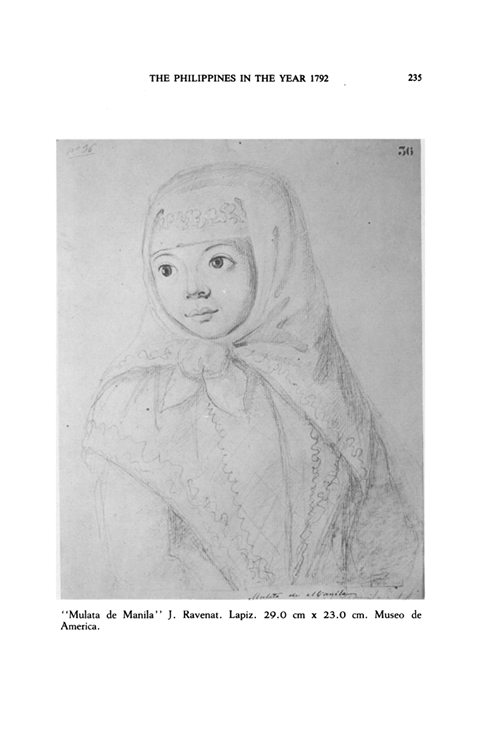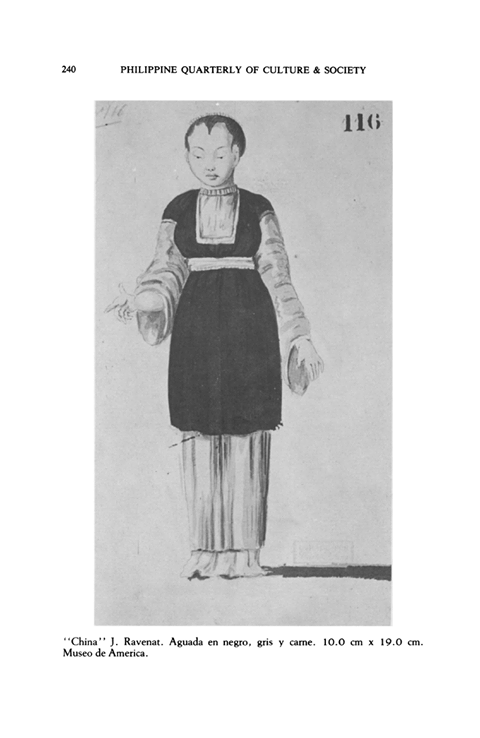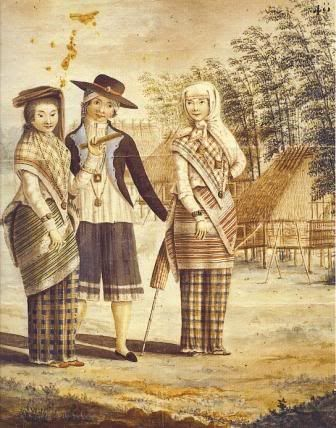my18thcenturysource:Last week, Davrie Caro contacted me (via the Facebook page) to share these image
my18thcenturysource:Last week, Davrie Caro contacted me (via the Facebook page) to share these images of the Philippines fashion in 1792, which I found super interesting and cool (my personal favourite? The one that mixes stripes and checks!). He of course, added the image descriptions, and I went a little further to find the original article and give you all a little more context of what is going on.First, let’s remember that the Captaincy General of the Philippines was part of the Viceroyalty of the New Spain up until 1821, when Mexico gained their independence. From then on, the Philippines remained under Spanish control until 1898.Back to the 18th century, from June 1789 to September 1794, one of the most successful scientific expeditions was launched by Spain: the Malaspina Expedition. From march 4th to December 5th, 1792, the expedition visited the Philippines, and they registered info about the flora and fauna, and the social conditions of the time. The expedition had two artists, Juan Ravenat and Fernando Brambilla, who sketched or painted what is considered the first ethnographic visualization of the Philippines. This was quite ground breaking, since there was a strong censorship in the Philippines, and local artists were prohibited from producing any art works without permission of the Church (*insert eye roll here*) previous to 1785, this leading to having very few still lives and landscapes painted before 1855.Malaspina wanted to print a book with the art and info of the Americas, Philippines and Pacific Islands, but it never happened thank to intrigues at the Spanish court (*insert another eye roll here*), and the full set of art works were kept into the archives of the Museo Naval and the Museo de América, both in Madrid.Some stuff I found very interesting in these images:There’s a mulato woman. Black enslaved population existed in the Philippines, and were purchased from Portugal. Slavery was abolished until 1820. Just as in the American territories of the New Spain, a mixed race population was part of society. There’s of course the question if this image is of a mixed woman of African heritage or of native heritage (since Spaniards called a native minority “negritos”).Check how the silhouettes are not super different to the ones in Goya’s paintings from this other post. It seems to be the petticoats the main difference (the Philippine ones lacking volume).They all have quite simple hairstyles!The baro’t saya (lit. “blouse and skirt”) does not seem to have changed much until today, (except of course, the silhouette changes that all traditional clothes have through the ages, changing according the fashionable silhouette of the times). Check out these examples from 1855, the 19th century, and a mestiza outfit. It seems that only the big sleeves have been added in the 19th century to the clothes we see here from the late 18th century.More images of Filipina dress here.—————————————————————————————All images (except the last two) and info, from the article:Madulid A., Domingo (1987). The Philippines in the Year 1792 as Portrayed by the Malaspina Expedition Artists. Philippine Quarterly of Culture and Society Vol. 15, No. 3Images from top:“View of the Palapa Port, in the Smar Island”, Fernando Brambilla, Museo de América.“Indian (native) women from Sorogon”, Juan Ravenat, Museo de América.“Indian (native) from Sorogon Port”, Juan Ravenat, Museo de América.“House dress from Manila”, Juan Ravenat, Museo Naval.“Mutato woman from Manila”, Juan Ravenat, Museo de América.“Manila Women”, Juan Ravenat, Museo Naval.“Owner on the Manila Street”, Juan Ravenat, Museo de América.“Chinese woman”, Juan Ravenat, Museo de América. “Mestizos de Manila- Islas Filipinas", Juan Ravenet.“Mestizos” as illustrated in the Carta Hydrographica y Chorographica de las Yslas Filipinas, circa 1734.—————————————————————————————ALSO do not forget that you can send images or info for the blog too via Facebook, Twitter or Instagram (and of course here on Tumblr), just have to send it with the proper credits and that’s pretty much it :) -- source link
Tumblr Blog : my18thcenturysource.tumblr.com
#phillipines#18thcentury#19th century#18thcenturyfashion#19thcenturyfashion
